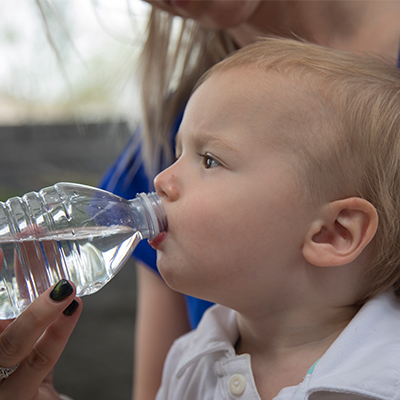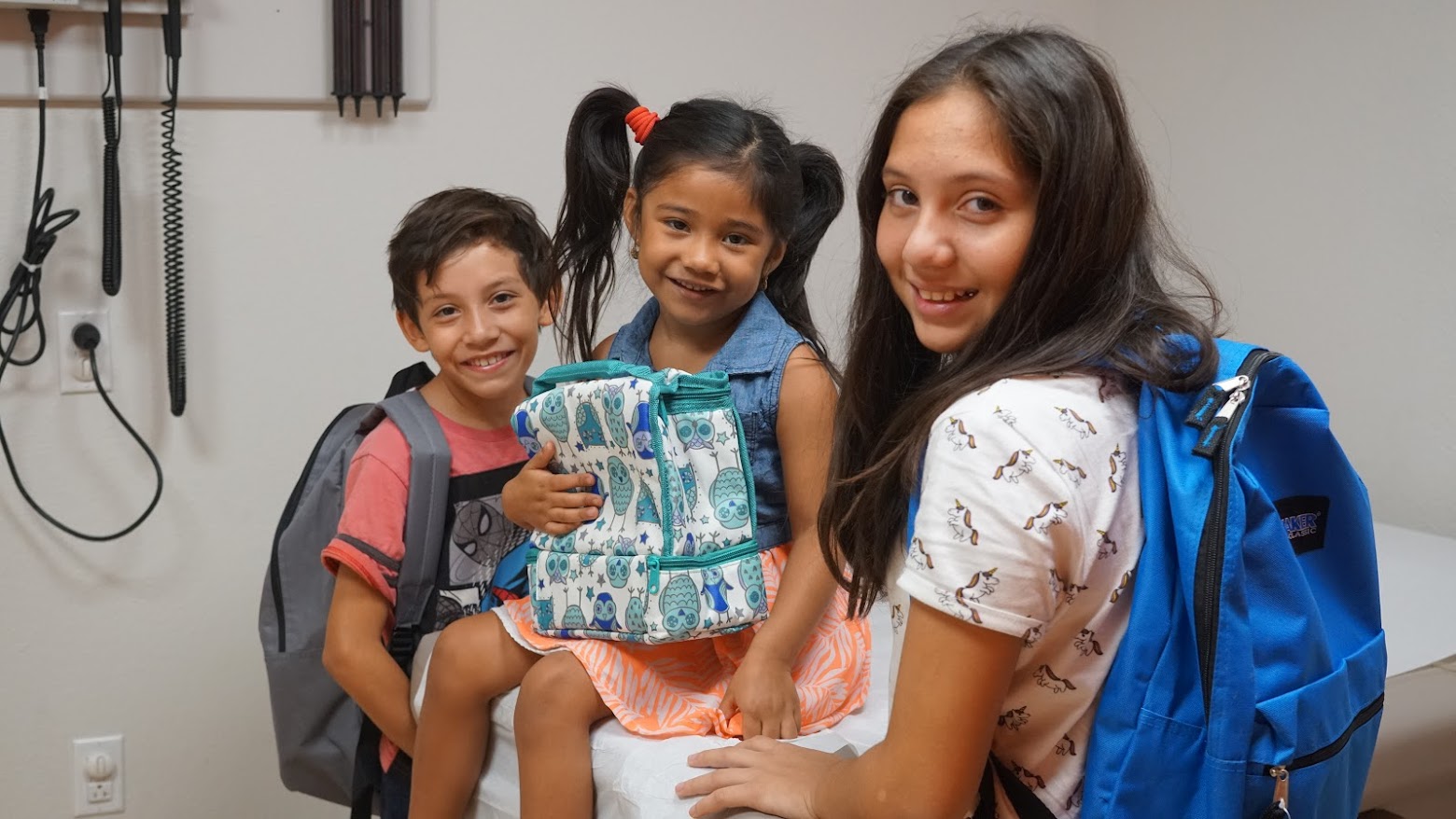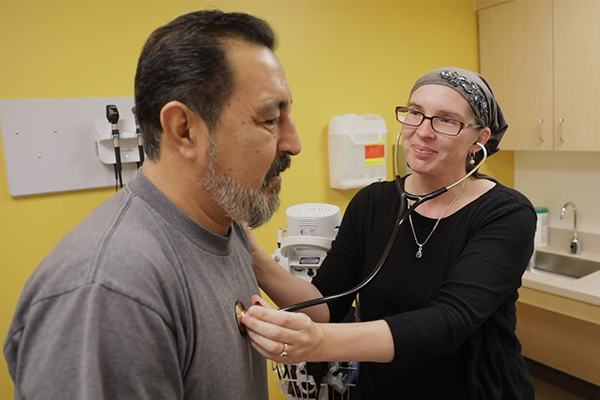May 14, 2018 | Uncategorized
Arizona is known for its sky-high summer temperatures. Our summer doesn’t wait, at times it starts as early as April, and doesn’t end till late October. We at Mountain Park know how important it is to stay hydrated during these dreaded summer months. Sandeep Kaur, Registered Dietitian at our Gateway Clinic, took some time away from her busy job and personal life to give us some important details about hydration and how people can prevent dehydration during the hottest times of the year.
By Sandeep Kaur, RD
As summer nears and temperatures heat up, we begin to sweat. Any vigorous activity in this weather generally means even more sweating. But the question is, how can we replenish the fluids we’re losing? And do we really need to? The answer is simple, yes. Most of us are moderately dehydrated and we don’t even know it. We all need a minimum of eight to 12 cups of fluids daily, and even more when we exercise. Of these eight to 12 cups, at least five cups should be pure water.
Sweating it Away
A person can lose about four cups of water per hour during exercise. This is dependent on a person’s weight and how much and how quickly they perspire. A moderate workout in a mild climate can mean losing one to two quarts of fluid per hour through perspiration. Imagine losing four to eight cups of water! The more intense the exercise or more extreme the temperatures, the greater the fluid loss.

If fluid is not replenished fatigue and decrease in performance may occur. According to the National Athletic Trainers’ Association, dehydration can impair physical performance after less than an hour of exercise—even sooner if you start working out in a dehydrated state. Working out while dehydrated can also increase risk of developing symptoms of heat illness, such as heat cramps, heat exhaustion and heat stroke.
It’s not just athletes, even the weekend exercisers can get dehydrated. If your lips are dry, you’re thirsty and need more water. So pay attention to what your mouth and lips are telling you.
Q&A with Sandeep
Q. I don’t feel thirsty during exercise. Do I really need to drink water or a sports drink?
A. Absolutely. Neglecting to drink water or a sports drink during exercise will increase your risk for dehydration, causing a decline in your performance. Find something that agrees with your stomach and tastes good, then drink it often during exercise, especially in the hotter months. A diet or zero calorie sports drink will help cut back on empty calories while providing the needed hydration.
Q. Can I have a soft drink/fruit juice instead of water or a sports drink?
A. Drinks containing more than 10 percent carbohydrates take longer to be absorbed and can cause abdominal cramps, nausea, bloating and diarrhea. Therefore, it is not recommended for fluid replacement during exercise.
Q. How much water is needed when exercising?
A. You should drink enough to regain weight lost during exercise. Follow these guidelines for fluid intake:

10 Tips to Avoid Dehydration
- When exercising, drink early and often. Research shows exercise under warm or hot and humid conditions can cause dehydration in as little as 30 minutes. It’s important to consume fluids not only during and after exercise but also before a workout or strenuous activity.
- Don’t wait until you’re dehydrated to start drinking. Drinking when you’re dehydrated can cause abdominal distress.
- Drink 8 to 10 ounces of fluid every 15 minutes during exercise. The American College of Sports Medicine recommends athletes drink enough fluid to fully replace sweat during activity.,
- Drink on a schedule. When active, don’t rely on your sense of thirst. When you are hot and sweaty, your thirst mechanism can shut off quickly and you may not realize you need fluids. By the time you feel thirsty, you’re probably already dehydrated.
- Check the color of your urine. If your urine looks like the color of apple juice, you are most likely dehydrated. If it looks more like the color of lemonade, you are probably well hydrated.
- Limit soda, juice and alcohol. Sugary sodas or even fruit juices are not the best ways to replace fluids. Beverages with high sugar content are actually dehydrating and should be avoided as a means of fluid replacement. That includes alcohol too.
- Create your own “spa water.” By filling a pitcher with water, adding slices of fruit such as strawberries or peaches, and refrigerating until the water is delicately fragranced and flavored. Adding just a splash of fruit juice can also make drinking water more enjoyable. Try cranberry, blueberry or pomegranate because of their antioxidant properties.
- Keep water cold by using a glass instead of a paper cup. Cold, rather than room temperature water may be more appealing. And serving the water in a glass—rather than a plastic or paper cup—will help it stay colder longer and retain a fresher taste.
- Try Seltzer water. Some people like the bubbly “soda” effect and a splash of juice or a spritz of fruit such as lemon, lime or orange might help you think of water in a new light. Make sure if you buy seltzer already flavored that it’s not loaded with sucrose or fructose. While seltzer is fine to drink throughout the day, it’s not the best choice while exercising because gas from the bubbles takes up space in your stomach, making you feel fuller and decreasing the amount of total fluid you’ll take in.
- Drink more, gradually. Increase your fluid intake (1 cup at a time) to allow your body to adjust. Otherwise, you may feel waterlogged and will be running to the bathroom every 15 minutes, and that could cause you to want to quit exercising.
**Please consult your doctor for any medical questions.
For additional information and resources please visit Maricopa County website.
For more information, please email info@mphc-az.org




